Every leader wants the best people possible working for them. Compensation is the most prominent and costly part of job design that directly impacts the bottom line in multiple ways. So not surprisingly line leaders pay inordinate attention to compensation when trying to maximize margins and performance. Yet there are many aspects of compensation that get lost or glossed over in the search for the perfect pay rate. Before your next heated conversation about how much to pay your people consider the following points.
Pay is good for attracting and retaining talent. If you pay people what they expect for a role (what economists call the reservation wage), it’s easy to attract good candidates. And if the pay rate continues to match their expectations once they are on the job, compensation can be a very powerful retention tool. Add in the reality that labor costs are the biggest expense in most companies, and you have more than enough justification for leaders paying lots of attention to pay.
Yet there is another camp of leaders who don’t pay enough attention to pay. When you ask people what they care about in terms of parts of the job that matter most to them, pay does not necessarily rise to the top. In exit interviews people may find it unseemly to admit that they are leaving for literally greener pastures elsewhere. And then there’s the reality of all the myriad factors that also impact how people feel about the job: their fit with the work and the organization, how their supervisor treats them, opportunities for development and promotion, supportive versus annoying teammates, office politics, and so much more. It’s easy to find data that supposedly shows that pay doesn’t seem to matter, especially when you ask people to rank what they care about most in their jobs, because people don’t always think of pay in response to certain prompts. So some leaders look at that data and say pay doesn’t matter. But decades of research and practice have proven that pay always has the potential to play an outsize role, it’s just more of a hygiene role than the sole actor: people worry about it if it’s far off from where it should be, and it tends to recede in perceived importance when it’s set about right.
The bottom line is that pay does matter. It is an integral part of the job, and can’t be considered separate from everything else the person deals with on a daily basis. If other parts of the job suck (that’s a technical term used by researchers, by the way), pay can help save the day and keep someone working for you – though their motivation and performance may suffer (more on that below). If pay is a bit too low, the other parts of the job can save the day and keep someone working for you. But there is no denying that pay can only do so much and you can only push people so far. Pay them too little and they won’t put up with everything else you ask of them. And overpaying won’t stop people from leaving if they really don’t like what they are doing and who they are working for.
It’s hard to use pay to drive motivation and performance. Steve Kerr years ago made the astute observation that companies frequently forget that pay is a blunt tool that can only do so much to motivate the right behaviors. He called it “the folly of rewarding A, while hoping for B.” There are lots of behaviors we try to influence with pay, yet we cannot do so directly. So we cross our fingers and hope for the best.
The problem is that many behaviors we want people to exhibit can’t be objectively measured and included in performance management and rewards processes without skewing behavior too much in the wrong direction. For example, teamwork is a key to success almost everywhere yet is so elusive to quantify. 360 evaluations of how someone performs on a team can overemphasize day-to-day likeability while undervaluing the person’s strategic contribution. For example, the teammate who challenges conventional wisdom and creates some discord may get low ratings but at the same time be doing exactly what the team needs to promote innovation. Yet that same team member could easily get dinged on their 360 ratings precisely because they do their job and go against the grain.
Even in cases where 360 evaluations are a reliable measure of actual behaviors, once you convert the 360 evaluation from a feedback tool into a performance management tool, much of the value of the 360 is lost. Rather than focus on the behaviors you want to promote, the entire exercise can devolve into a game of the person doing whatever they can to boost their ratings. That takes their eye off the ball of what needs to be done for the business and strategy execution, and promotes “teaching to the test” types of behaviors instead.
For many sales roles, commission pay does a good job of aligning the individual’s incentives and behaviors with most of what the company wants to accomplish. However, it’s still often too blunt a tool. For example, a classic problem is introducing new products in an existing sales pipeline. Salespeople face the tricky task of selling the new products while not hurting their current income. If you push the new products too much, you may be chasing uncertain sales at the risk of foregoing sales on the existing products, which directly hurts your income.
Company efforts to overcome the natural disincentive to promote new over existing products include offering special bonuses for sales of key items or higher commission rates for those items. But at the end of the day, if a salesperson is happy with their current income and doesn’t want to exert a lot of effort chasing down customers to promote the new products, most incremental sales incentive programs won’t be successful at getting them to exhibit the desired behavior of selling the new products. And even though greater sales would directly increase the salesperson’s income, they might say, nope, I’m perfectly fine with the level of effort I’m exerting, and don’t want to work extra hard or more hours just for a little more take-home pay.
Strategic contribution. Even when two jobs look the same, their strategic importance can be very different. A salesperson at Nordstrom and a salesperson at Target have similar job descriptions: help customers find the clothes they want. Yet the strategic contribution of the sales role is very different in the two stores. At Nordstrom, the salesperson is a central part of the customer service strategy and value proposition. Their salespeople are trained and incented to promote additional sales through exceptional customer service. At Target, the salespeople help add to a friendly customer experience which can encourage repeat visits. Yet the Target business model relies first and foremost on affordable pricing of reasonable quality products to get customers in the door and buy more than they would otherwise. The salesperson’s role at Target is much less central to its strategy than at Nordstrom.
Too often strategic contribution is confused with level in the organization. It is true that C suite members and senior business leaders can have an outsize impact on the business, which is why their jobs are viewed as critically important and their pay is so high. Yet much of what these leaders do is enable others to do their jobs so that the strategy can be executed. The real strategic contributions come from the people and roles who are on the frontlines designing and delivering the products and services that create competitive advantage for the enterprise.
Consider the example of memory and processor chips manufacturers such as Intel, Qualcomm and Samsung. Their R&D capability is a clear source of competitive advantage, but so too is their manufacturing prowess. These companies make huge bets on fabrication plants (fabs) that have to be run at optimum efficiency to justify the billion plus dollar investments in them. The engineers who design and run the fabs are the obvious talent the companies can’t do without: they have a high strategic contribution.
Yet consider the strategic contribution of another set of workers in the fabs who don’t get any press: the people responsible for keeping the clean rooms clean. Whether they are called janitors or sanitation engineers, their job description is not much different than janitors in an office building, but their strategic contribution could not be more polar opposite. The janitors responsible for cleaning office buildings, even the corporate HQ and the executive suite, do not play a strategic role. In contrast the janitors at the fabs play a very critical role: if they don’t do their jobs properly the line can come to a screeching halt and millions of dollars of product can be ruined. In contrast, failing to empty the CEO’s waste bucket may get the corporate HQ janitor fired, but won’t have any impact on the enterprise’s strategy execution. The clean room janitors should be paid substantially more than the corporate HQ janitors because of their strategic contribution – and the importance of doing the job right without error every time.
Time to fill and time to productivity. One of the most widely cited – and misused – statistics in modern organizational life is how much it costs to replace someone who leaves your company. Yes turnover can be costly if you lose people you’d prefer to keep. And paying more is one strategy for keeping turnover down. But before you reflexively travel down the path of looking at increasing pay to decrease turnover, consider where many costs of turnover come from: time to fill and time to productivity.
Time to fill is a key measure. If it takes a very long time to fill an opening following turnover, then the cost of turnover is that much higher, all else equal. Time to productivity is a second key dimension: the longer it takes for a new hire or new promote to get up to speed on the job, the more costly turnover is. Consider now the estimates that are out there about the “typical” or average costs of turnover based on the level or role in the organization. In each case the calculations are presented as relevant for all jobs fitting the job description. Yet recall our discussion above about jobs that differ in strategic contribution. It’s not a hard and fast rule, but generally speaking, the greater the strategic contribution the longer it takes for new hire to get up to speed (greater time to productivity), and the harder it is to find suitable replacements on the job market (greater time to fill).
On the flip side, some very important jobs that are highly compensated and play critical roles in your organization can have relatively low time to productivity and time to fill. Many sales roles can be filled easily with outside hires, even for high profile lead sales roles dealing with your most important customers. Same thing for IT network administrator roles. In both cases the job may have high strategic contribution, yet relatively low cost of turnover in terms of percentage of annual compensation. So before you rush to consider paying more to keep turnover down, make sure you do your due diligence on strategic contribution, time to fill and time to productivity for the role.
Discretionary effort. Compensation is a contributing factor in getting your people to give you their discretionary effort, but it’s not the only one and usually isn’t the most important. As a hygiene factor compensation can ruin the foundation needed for a working environment that brings out the best in your people. If you don’t pay enough they can get discouraged and distracted, losing sight of everything else you do to engage them.
Yet the rest of the package beyond pay is critical for maximum engagement and discretionary effort. Are you providing the right kinds of developmental experiences and opportunities for advancement? Do they feel like they are valued, appreciated, contributing members of the team? Do you give them avenues for communicating how they feel, and for contributing their ideas to improve how the work is done? Do their immediate supervisors treat them with compassion and respect or with micromanagement and contempt? Are they part of harmonious teams that supportively challenge them to improve? Do they run into opposition when trying to work with functions and business units across the enterprise? All of these are important contributing factors that help induce the discretionary effort you need from your people for peak performance. Compensation is just one of the many contributors.



